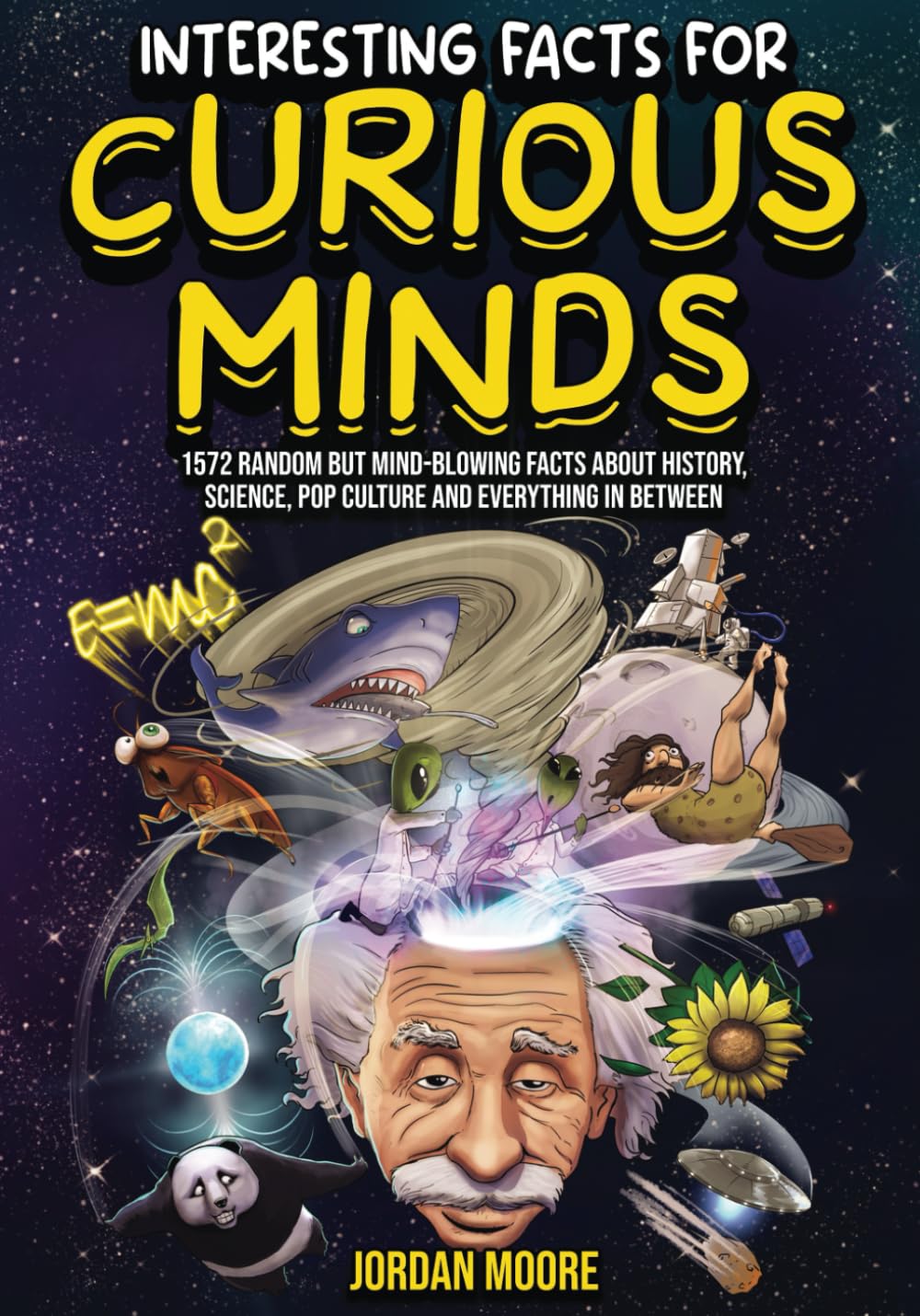
Interesting Facts For Curious Minds: 1572 Random But Mind-Blowing Facts About History, Science, Pop Culture And Everything In Between
Till Death Do Us Part
byTill Death Do Us Part has been a central theme in marriages for centuries, often symbolizing a lifelong commitment between two individuals. However, recent studies reveal a shift in marital dynamics, with one in three marriages being considered “low sex” or “no sex.” This trend highlights the evolving nature of relationships, as more couples experience challenges that affect intimacy. In contrast to earlier generations where marriage was viewed as a long-term, unbreakable bond, many now question the enduring nature of relationships due to changing expectations and lifestyle choices. This shift may be attributed to various factors, including changing social norms, individualistic goals, and an evolving understanding of love and connection. The complexities of modern marriage seem to reflect the larger cultural shift in how relationships are viewed and how people manage their personal happiness and fulfillment within a committed partnership.
Historically, the concept of marriage evolved in different ways across cultures. In ancient societies, marriage was not a formal ceremony but often a practical arrangement between families. Couples would typically live together after an agreement between their families, making the concept of “marriage” as we understand it today somewhat of a modern development. Wedding ceremonies themselves were largely absent, as the concept of love and marriage was often not a priority. The Greek and Roman influences, along with other ancient cultures, showed that marriage was a societal institution based more on tradition and the continuation of bloodlines than on romantic love. Over time, however, as religious and social frameworks developed, marriage became formalized into what we know today, often marked by public ceremonies and vows.
The evolution of marriage laws, especially regarding divorce, is another crucial part of this transformation. For example, the introduction of no-fault divorce in the early 1970s marked a significant shift in how societies viewed marital separation. Before this, divorce was often a legal battle, where one party had to prove fault. California led the way with its 1970 introduction of the no-fault divorce law, which has since been adopted by many states and countries worldwide. This change made it easier for individuals to separate without needing to prove wrongdoing, making divorce a more accessible option for those in unhappy marriages. While the rate of divorce has declined from its peak, it remains a significant part of many marriages, with about 45% of marriages in the U.S. still ending in separation.
Marriage traditions have also shifted over the years, with some customs becoming more ingrained in society. The tradition of throwing rice, which dates back to ancient Rome, symbolizes fertility and prosperity, and was later replaced by other forms of celebration in modern weddings. Wedding cakes, another tradition that originated in ancient Rome, were initially used for good luck and fertility but have since become an iconic part of the wedding celebration. While many couples still honor these traditions, others have chosen to adapt them to reflect their personal beliefs and cultural backgrounds. Even the concept of dowries, which once served as a price to be paid by the groom’s family, continues to exist in parts of Asia, Africa, and the Middle East, although they are becoming less common in Western societies.
One of the more surprising and unfortunate facts surrounding marriage involves the high percentage of relationships that begin with infidelity, with studies showing that 75% of marriages that start this way eventually end in divorce. Despite this, many people continue to marry after affairs, often hoping for a fresh start or second chance. However, this statistic suggests that infidelity can severely impact the long-term success of a marriage. This is not a new phenomenon, as men in ancient Greece were expected to marry and have children but often had male lovers as well. While the nature of relationships has evolved, the challenges surrounding trust, loyalty, and emotional intimacy remain central to the institution of marriage.
In the context of historical marriage practices, it’s interesting to note that many societies have had unique customs regarding marital unions. For instance, in the United States during the time of slavery, enslaved individuals were not permitted to marry legally but still created their own ceremonies. The symbolic act of jumping over a broomstick was one such ritual that represented a union between two people. On a different note, polygamy has been a controversial practice, often outlawed in Western societies, though it was widely practiced in other cultures, including the Church of Jesus Christ of Latter-day Saints (Mormons), who officially abandoned the practice in 1890. The debate over the acceptance of polygamy continues to this day in various parts of the world, demonstrating the complex nature of marriage and societal norms.
Till death do us part is a phrase that continues to be a central theme in many marriages around the world, but the idea of what marriage means has evolved significantly. From arranged marriages in ancient times to the rise of no-fault divorces and evolving societal norms around relationships, the institution of marriage has seen profound changes. The role of love, loyalty, and personal fulfillment has shifted, with some marriages becoming more about individual happiness than societal expectations. Whether through changing divorce laws, marriage customs, or shifting relationship norms, marriage is an ever-evolving institution that reflects the values and beliefs of society at large. In many ways, these shifts highlight the complexities and challenges that come with sustaining long-term relationships in today’s world.

